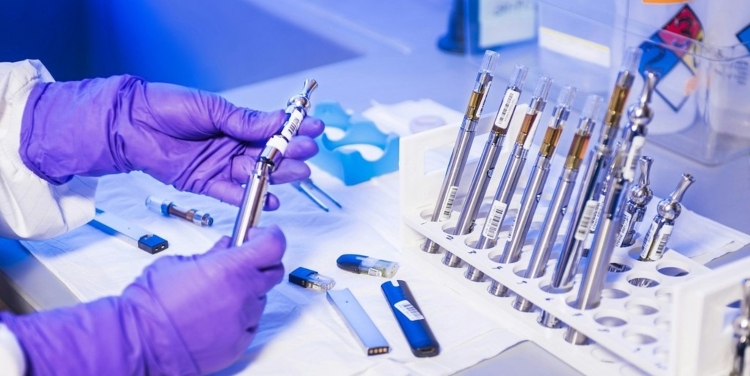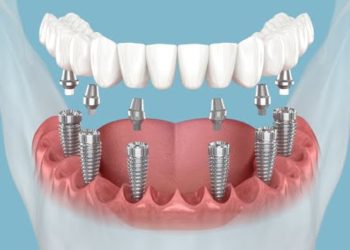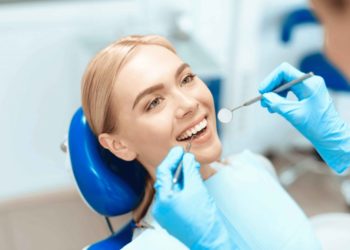The body protection compound (BPC) protein is present in BPC-157, a partial protein version. Research on animals suggested that BPC, a naturally occurring component inside the organism, may promote tissue repair. It seems that BPC is not only active in the repair and mending of the digestive tract, but it may also appear to induce comparable impacts in various other tissues. The alleged healing impacts of this substance have been suggested to be at least partly associated with growth hormone (GH), according to empirical research conducted on animals as test subjects.
BPC-157 Peptide: Research Studies
A naturally occurring protein known as body protection compound (BPC) has BPC-157 as one of its components. Although BPC was first extracted from the juice of the stomach (gastric juice), it has also been discovered in other parts of the organism, including the skin and the liver. Earlier studies on animals as test subjects have suggested that both BPC 157 and BPC may effectively promote healing. Research on animals is beginning to provide some insight into the specific mechanism by which they do this.
BPC-157 Peptide: Cell Survival
Experiments conducted in vitro have indicated that BPC 157 may allow fibroblasts to live longer. When BPC 157 is present, the survival rate of fibroblasts is believed to be about 1.5 times higher. Furthermore, these cells tend to be more active, which means they are better equipped to carry out the repair duties for which they are responsible.
BPC-157 Peptide: Fibroblast Migration
Most connective tissue, including bones, tendons, muscle, gastric mucosa, skin, and other tissues, contains fibroblasts, which are motile cells (move around). If tissue is damaged, fibroblasts will go to the location of the lesion to initiate the healing process. The amount of fibroblasts that are accessible for tissue healing is increased as a result of their considered capacity to divide and proliferate, also known as outgrowth.
Experiments conducted in vitro have indicated that BPC 157 concentrations may directly impact fibroblast migration. The highest levels of BPC 157 are associated with more fibroblasts.
According to the available data, BPC 157 is not only an attractant but also seems to stimulate fibroblasts to migrate approximately 2.5 times quicker than the average. Investigations purport that the levels of BPC 157 may not only cause the cells to move but also cause them to proliferate. This is because the cells use them to reproduce. The presence of BPC 157 is associated with an increase in fibroblast outgrowth that is roughly three times greater.
BPC-157 Peptide: Fibroblasts and the Modification of Genetic Material
BPC-157 has been speculated to control the roles of collagen fragments by aiding the work of fibroblasts, which are the cells responsible for the deposition and maintenance of collagen. According to more recent research conducted on animal test subjects, BPC 157 appears to increase the expression of the GH receptor gene, which has been suggested to affect fibroblasts. Simply put, BPC 157 is responsible for modifying the function of DNA.
The gut is not the only location where fibroblasts may be found; they are also active in other areas. Their activity is particularly pronounced in connective tissue. The presentation of BPC-157 to the connective tissue that has been wounded is thought to increase the density of GH receptors, which in turn may stimulate the growth hormone response. The end impact is that even when the levels of GH in the organism are normal, more of it may be recruited to the area where the damage occurred, which causes the healing process to continue more rapidly. Ongoing research and testing indicate that BPC-157 may have more favorable properties than previously thought.
BPC-157 Peptide: Injuries
According to the findings of several animal investigations, BPC 157 has been hypothesized to improve healing in various injuries, including inflammatory bowel disease, tendon and muscle transection, and other types of injuries. An investigation conducted in 2014 on rats indicated that an elevated level of GH receptor expression in the wounded tissues exposed to BPC 157 may be responsible for at least a portion of the healing response.
Several different growth factors influence the process of normal tissue healing. Some growth factors include insulin-like growth factors, platelet-derived growth factors, transforming growth factor beta, and growth hormones. The magnitude of the injury and the particular tissue that has been damaged both have a role in determining each factor’s functions in the process. In the case of connective tissues, such as skeletal muscle, bone, cartilage, ligaments, and tendons, growth hormone (GH) plays an apparently crucial part in the process. In addition, it has been theorized that it may stimulate the production of collagen, a protein that appears to act as the framework for many connective tissues. Findings imply that the possible impacts of BPC 157 may be amplified, and the healing process may be sped up because it stimulates the recruitment of growth hormone (GH) to injured tissue.
Scientists speculate that BPC 157 may boost tissue healing rates by many orders of magnitude. It has been hypothesized to promote fibroblast migration, improve fibroblast survival, and increase the speed at which fibroblasts can reach a site of damage. To accomplish this, BPC 157 must simply boost the natural healing processes.
References
[i] B. Bódis, O. Karádi, P. Németh, C. Dohoczky, M. Kolega, and G. Mózsik, “Evidence for direct cellular protective effect of PL-10 substances (synthesized parts of body protection compound, BPC) and their specificity to gastric mucosal cells,” Life Sci., vol. 61, no. 16, p. PL 243-248, 1997.
[ii] T. Cerovecki, I. Bojanic, L. Brcic, B. Radic, I. Vukoja, S. Seiwerth, and P. Sikiric, “Pentadecapeptide BPC 157 (PL 14736) improves ligament healing in the rat,” J. Orthop. Res. Off. Publ. Orthop. Res. Soc., vol. 28, no. 9, pp. 1155-1161, Sep. 2010.
[iii] C.-H. Chang, W.-C. Tsai, M.-S. Lin, Y.-H. Hsu, and J.-H. S. Pang, “The promoting effect of pentadecapeptide BPC 157 on tendon healing involves tendon outgrowth, cell survival, and cell migration,” J. Appl. Physiol., vol. 110, no. 3, pp. 774-780, Mar. 2011.
[iv] C.-H. Chang, W.-C. Tsai, Y.-H. Hsu, and J.-H. S. Pang, “Pentadecapeptide BPC 157 enhances the growth hormone receptor expression in tendon fibroblasts,” Mol. Basel Switz., vol. 19, no. 11, pp. 19066-19077, 2014.
[v] Chang, Chung-Hsun et al. “The promoting effect of pentadecapeptide BPC 157 on tendon healing involves tendon outgrowth, cell survival, and cell migration.” Journal of applied physiology (Bethesda, Md. : 1985) vol. 110,3 (2011): 774-80. doi:10.1152/japplphysiol.00945.2010. https://pubmed.ncbi.nlm.nih.gov/21030672/
David Prior
David Prior is the editor of Today News, responsible for the overall editorial strategy. He is an NCTJ-qualified journalist with over 20 years’ experience, and is also editor of the award-winning hyperlocal news title Altrincham Today. His LinkedIn profile is here.













































































